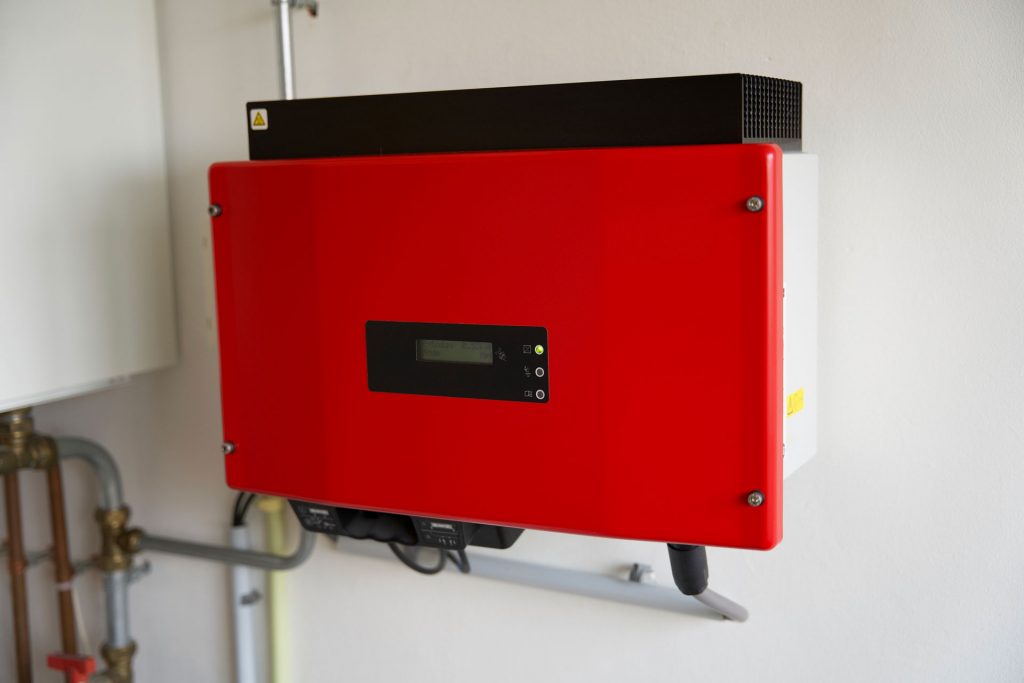Storage batteries have become a very popular addition to a Solar PV array due to the flexibility they provide when producing energy during the day. In most circumstances, particularly when occupiers are away from the property, Solar PV generation is at its peak yet property demand may be at its lowest. This means that any energy generated will be prioritised within the property with any excess pushed to the grid. Once energy is pushed to the grid, the only benefit you’ll receive is a small per KWh payment known as the Smart Export Guarantee paid to you by your energy supplier. With the average Smart Export payment less than 6 pence per KWh of generated energy, any energy drawn the grid later in the day will be more expensive, probably in excess of 30 pence per KWh.
You can prioritise day time energy usage and maximise the amount of Solar PV electricity by running appliances such as washing machines, tumble dryers, dishwashers etc during the day but this requires ongoing management of how you use your energy. The sensible option might be to invest in an energy storage battery that is hooked up to your inverter and enables priority over where the Solar PV generation goes. The storage battery can be drawn down on during the evening when people are back in the property and using more energy such as TV, computers etc which reduces your dependence on “buying” more expensive energy from the grid.
The cost of lithium storage batteries was fairly prohibiting when they were first launched, but as manufacturing costs and raw materials have reduced over the last few years, batteries have also reduced in price making them more accessible for the mass market. They aren’t just useful for storing Solar-generated electricity, you can also use them in conjunction with Economy 7 tariffs and top them up over the “cheapest” 7 hours overnight for use in the morning. The sizing of the battery is particularly important, if too small compared to usage, you will diminish the life cycles of the battery and reduce its longevity. If it’s too large compared to your usage, the initial investment will take too long to be realised and may never truly benefit you financially.


